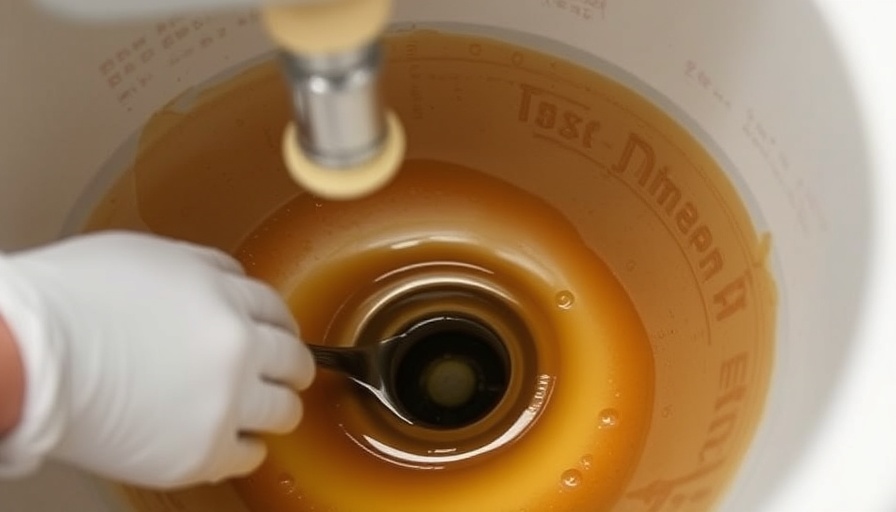
Diagnosing a Clogged Sink: Understanding the Basics
For homeowners in London facing the frustrating issue of a slow or clogged sink drain, understanding the underlying causes is vital. Often, the problem can be traced back to food debris, grease accumulation, or foreign objects obstructing the flow. While you might consider calling a plumber, numerous DIY solutions can save you time and money. Moreover, having the right knowledge allows you to tackle plumbing issues confidently, empowering you as a homeowner.
Step-by-step DIY Solutions for Clogged Sinks
Before delving into complicated repairs, consider these straightforward solutions:
- Check the P-Trap: Disassembling this curved section of the pipe under your sink can often reveal clogs caused by accumulated debris. Be prepared with a bucket to catch any water that spills out during the process.
- Use a Plunger: While it may seem basic, a well-used plunger can provide sufficient suction to break loose lighter clogs. Ensure that any standing water does not overflow when you start plunging.
- Drain Cleaners: Eco-friendly enzymatic cleaners are particularly popular among sustainable homeowners. They use natural ingredients to dissolve clogs, minimizing environmental impact compared to harsh chemicals.
Advanced Techniques for Stubborn Clogs
If you still face a clogged sink after trying basic methods, consider these advanced strategies:
- Use a Snake: If plungers and cleaners fail, a plumbing snake can effectively clear tough clogs lodged further in the drain. The flexible end can navigate through curves, reaching clogs where other tools might miss.
- Wet/Dry Vacuum: A wet/dry vacuum can be an invaluable ally in managing clogs. By sealing the vacuum hose around the drain, you can create suction strong enough to remove stubborn blockages.
- Remove and Clean Pipes: As a last resort, consider removing and thoroughly cleaning the drainpipes. This process involves dismantling the plumbing to inspect all sections, providing a clear view of any blockage.
Benefits of DIY Plumbing Repairs
Engaging in DIY plumbing repairs offers numerous advantages:
- Cost Savings: By managing clogs independently, homeowners can avoid costly plumber fees, allowing for more budget-friendly home maintenance.
- Skill Development: Regularly addressing plumbing issues develops useful skills and knowledge, which can help in future maintenance problems.
- Environmental Responsibility: Many DIY solutions emphasize environmentally friendly techniques, reducing reliance on damaging chemical products.
Preventative Measures: Keeping Your Sink Healthy
After addressing a clog, it's crucial to implement preventative measures:
- Food Waste Disposal: Avoid disposing of food scraps and grease down the sink. Instead, use compost or waste collection systems designed to handle such waste.
- Regular Cleaning: Maintain your sink by routinely cleaning the P-Trap and pouring boiling water down the drain weekly to dissolve potential build-up.
- Install a Strainer: Using a drain strainer can effectively catch debris and food particles before they enter the plumbing system.
Conclusion: Take Charge of Your Home’s Plumbing
Experiencing a clogged sink doesn’t have to lead to frustration and costly repairs. Embracing DIY plumbing techniques empowers you to manage your home effectively and sustainably. Equip yourself with the know-how to diagnose and repair clogs, reinforcing your role as a proactive homeowner. And remember, the journey of learning within home maintenance can be both rewarding and enlightening.
Don’t wait for a small problem to escalate into a much larger one! Start your DIY plumbing journey today and transform your home maintenance capabilities.
 Add Row
Add Row  Add
Add 




Write A Comment